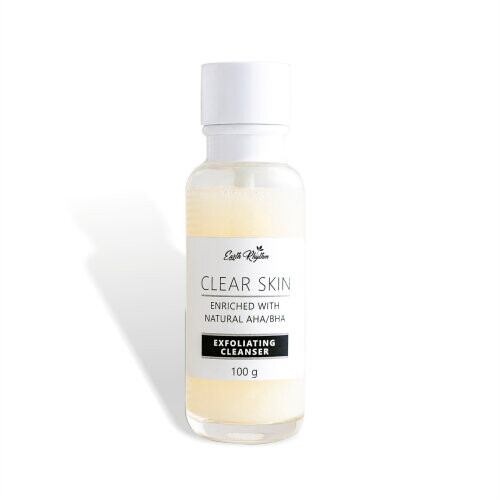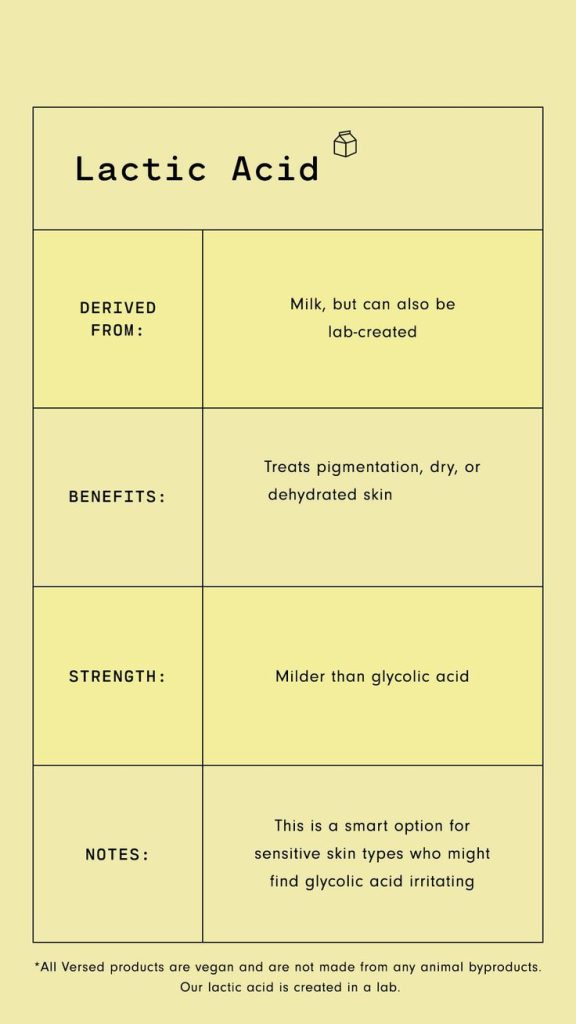

AHAs and BHAs are revolutionizing the skincare world, offering powerful exfoliation solutions for a smoother, more vibrant complexion. This guide delves into the intriguing world of AHAs and BHAs, exploring their science, potential benefits, and how to incorporate them safely into your routine. Are you struggling with dullness, acne scars, or uneven skin tone? We’ll equip you with the knowledge to navigate the world of chemical exfoliation, understanding the crucial role of correct application and product selection to maximize results without harm. Ready to achieve your dream skin? We’ll outline a practical, step-by-step approach for effectively integrating AHAs and BHAs into your existing skincare regime and discuss the potential benefits. Let’s dive in!
Understanding AHAs and BHAs: The Science Behind Exfoliation
What are AHAs and BHAs?
AHAs, or Alpha Hydroxy Acids, and BHAs, or Beta Hydroxy Acids, are naturally occurring or synthetic compounds that gently exfoliate the skin. They work by dissolving the bonds between dead skin cells, encouraging cell turnover and revealing the brighter, healthier skin beneath. This process is essential for removing dullness, acne scars, and preventing the clogging of pores. AHAs are water-soluble and penetrate the skin differently than BHAs. AHAs, like glycolic acid, lactic acid, and mandelic acid, effectively target dead skin cells on the epidermis. BHAs, like salicylic acid, are oil-soluble, effectively targeting the pores and dissolving dead skin cells within the pore itself. The selection of AHA or BHA depends on the individual’s skin type and specific concerns.
Types of AHAs and BHAs and Their Specific Actions
Related Post : are anti aging creams a waste of money
Glycolic Acid
Glycolic acid is a powerful AHA known for its ability to rapidly exfoliate and promote cell turnover. It’s commonly used to treat acne scars, hyperpigmentation, and fine lines. Its small molecular size allows for deep penetration into the skin, leading to noticeable improvements in skin texture. It often triggers a mild skin irritation or redness. It’s crucial to carefully select the right percentage, starting with low concentrations and gradually increasing.
Lactic Acid
Lactic acid, another popular AHA, is known for its gentle exfoliating properties and hydrating benefits. It’s suitable for sensitive skin types and is often used as a hydrating ingredient in many moisturizers. It’s gentler than glycolic acid and promotes a more uniform skin tone and texture, without the same degree of irritation.
Salicylic Acid
Salicylic acid, a BHA, is particularly effective at unclogging pores and treating acne. Its oil-soluble nature allows it to penetrate deep into pores, dissolving dead skin cells that can block them. It’s crucial to maintain a consistent routine with this product. It’s commonly used to treat breakouts and blemishes.
Incorporating AHAs and BHAs into Your Routine
Starting Slowly is Key
Begin with a low concentration of AHA or BHA and gradually increase the frequency or concentration as your skin adjusts. This approach prevents irritation and maximizes efficacy. Start with 1-2 times a week and observe your skin’s reactions.
Matching Product to Skin Type
Consider your skin type and concerns when choosing an AHA or BHA. If you have sensitive skin, opt for gentler options like lactic acid. If you have acne-prone skin, salicylic acid could be a better choice.
Using AHAs and BHAs Effectively
Applying AHAs and BHAs in the evening is often recommended, as skin is typically less exposed to environmental stressors, and therefore less likely to be irritated during the night. Always use a broad-spectrum sunscreen during the day to protect from sun damage after exfoliation. Avoid using AHAs or BHAs if you have any active wounds or skin conditions.
Benefits and Potential Side Effects of AHAs and BHAs
Skin Benefits
AHAs and BHAs can significantly improve skin texture by dissolving dead skin cells, resulting in a smoother, brighter, and more even complexion. With regular use, these acids can also help reduce the appearance of fine lines, wrinkles, and blemishes, contributing to a more youthful and radiant appearance. They can improve acne and hyperpigmentation.
Potential Risks
As with any skincare product, potential side effects can occur, including mild skin irritation, redness, and dryness. These side effects are usually temporary, especially when starting out with a new product. If you experience persistent or severe reactions, stop use immediately and consult a dermatologist.
Important Considerations
Always patch test AHAs or BHAs on a small area of skin before applying them to your entire face. This allows you to assess your skin’s reaction to the product. Gradually increasing the frequency or strength of the application minimizes the risk of significant irritation.
Maintaining a Consistent Skincare Routine
Consistent Application
Consistency is key to realizing the full potential of AHAs and BHAs. Make them a regular part of your nightly routine. If you miss a day or two, it will not significantly affect the long term outcome.
Product Selection and Matching
Choose products that complement your skin type and concerns. Products containing moisturizing ingredients can help mitigate any dryness caused by exfoliation.
Monitoring Skin Reactions
Keep a close eye on how your skin responds. If irritation persists or worsens, reduce the frequency or concentration. Consulting a dermatologist is recommended if you experience significant reactions or have underlying skin conditions.
In conclusion, understanding the nuances of AHAs and BHAs is key to achieving smoother, healthier skin. By carefully selecting products, gradually incorporating them into your routine, and listening to your skin’s reactions, you can unlock the transformative power of exfoliation. Remember, consistency and patience are crucial for achieving lasting results. Ready to embark on your journey to radiant skin? Visit our website today to explore our curated selection of AHAs and BHAs products and discover the best fit for your skin type and concerns.